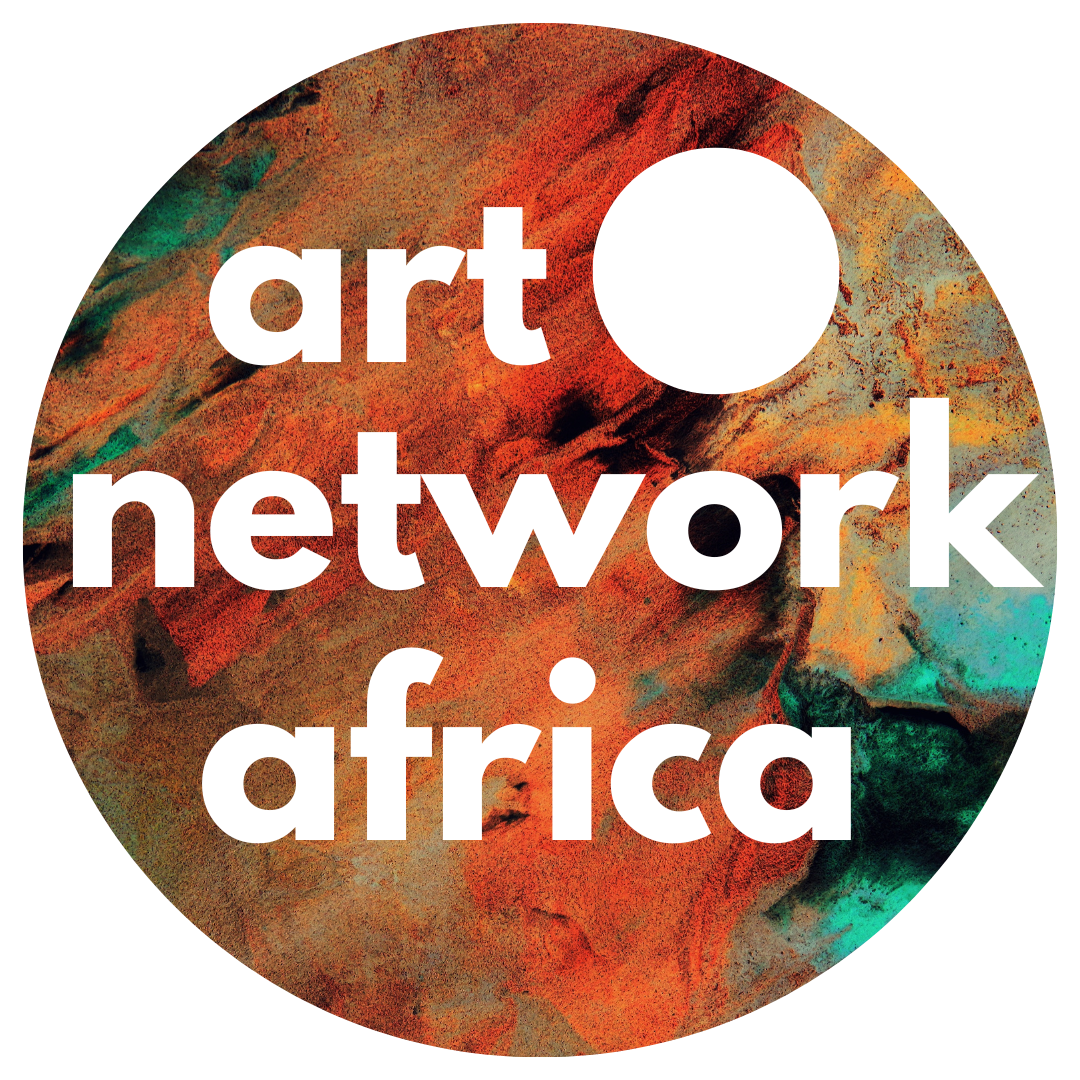This year’s 18th edition of the Affordable Art Show, Kenya feels less like a celebration of art and more like a reminder of how institutional structures have the potential to stifle young and emerging talent. The organizers have made an incremental increase on the museum entry fees on the opening night — a decision that contradicts the show’s claim of being “affordable”. The organizers, according to some participants, take 33% of all artwork sales, even though prices range modestly between Ksh 10,000 and 150,000 (approximately $77–$1,159).

Derrick Munene – Alchemist
Paper collage on board
60cm by 50 cm. Image courtesy of Artists Instagram
Although the event features over 800 artworks by 400 East African artists, it still lacks meaningful follow-up. It does little to connect artists with the global contemporary art market. According to Grace A. Musila in “Ujanja, Fraud, and Kenyan Moral Commons” (Reconceiving Identities in Political Economy, Routledge, 2025), this outdated system reflects a disregard for Kenya’s moral commons. It undercompensates and undervalues the very artists who drive the event’s success.
This growth in numbers reflects a robust contemporary art scene in Nairobi. Many artists are working both in Kenya and across the diaspora, according to KIPRA. However, young and emerging Kenyan artists—who make up a large part of the country’s youth—remain underrepresented in the global contemporary art market.
This raises urgent questions: What is the true purpose of the event? How do artists benefit after participating? And who is really controlling—or limiting—access to these global opportunities?
The National Museum of Kenya, which hosts the show, carries a complex legacy. Richard Leakey established it in 1930 as the Coryndon Museum, in honor of Governor Sir Robert Coryndon. After Kenya gained independence in 1963, officials renamed it the National Museum of Kenya. Following extensive renovations, it reopened in June 2008. Now, in 2024, 50 years after its reopening, the museum continues to uphold Neo-colonial systems that suppresses contemporary art and artists.
The museum once housed a vibrant body of African studies, but institutional reforms later dissolved it and replaced it with a focus on developmental studies, humanities, and social sciences. This regime continues to further marginalized emerging artists and limited their role in shaping cultural and economic narratives. These institutions remain entrenched in neo-colonial structures, where the true value of independent artists is undermined. Galleries and curators—the real stakeholders in any robust art ecosystem—are glaringly absent from the show’s framework.

More concerning is the museum’s reluctance to evolve. While it dedicates entire sections to slavery and colonialism, it lacks national archives or resource centers for artists across Kenya. There is no infrastructure to equip creatives with the tools or knowledge to navigate the global art market. What we see at the Affordable Art Show is a rebranding of colonial structures under the guise of neo-liberal exclusivity. They ensure that the next generation of artists remains dis empowered, undervalued, and uninformed. This keeps them out of being key players in the global cultural market.


